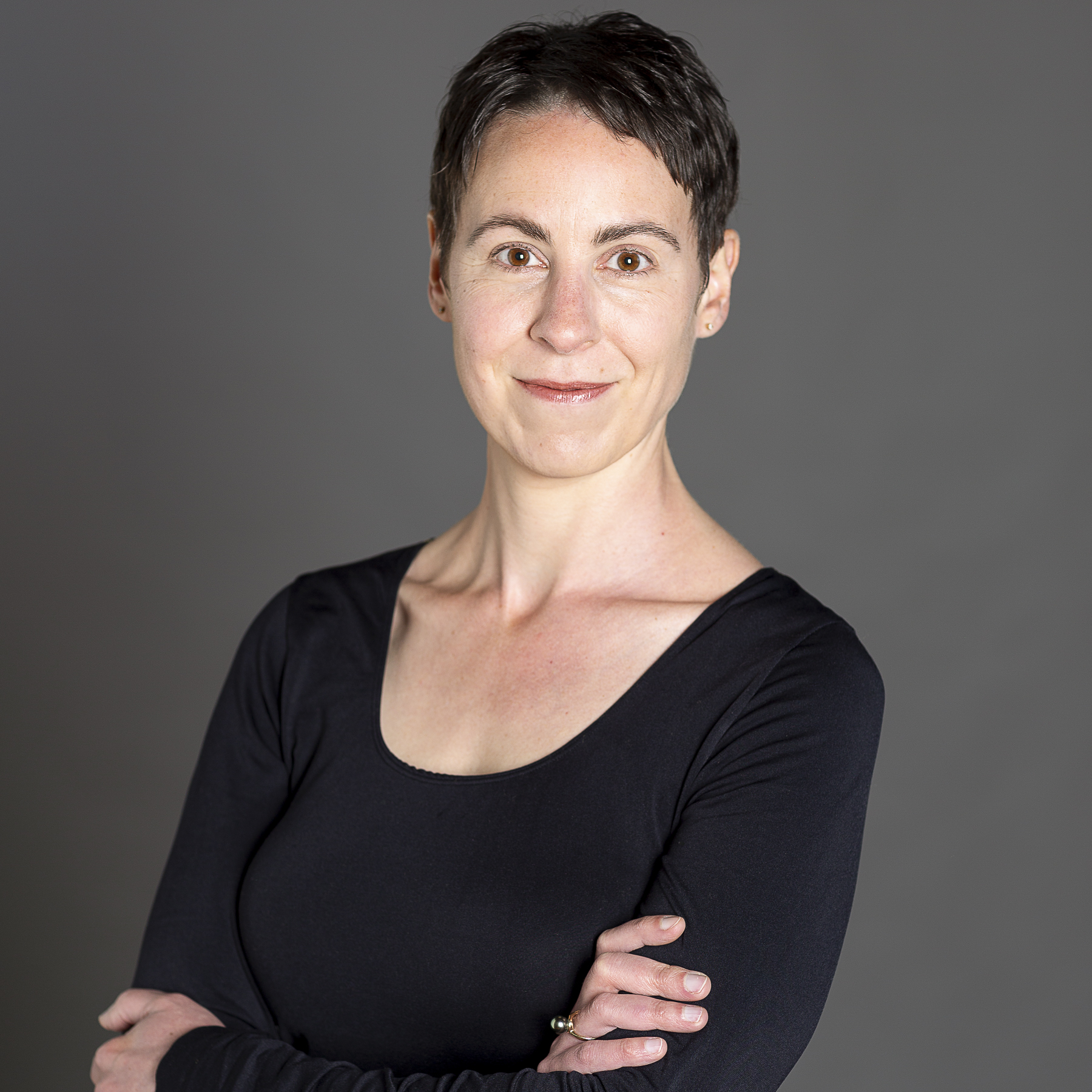How a Community Grant can help Indigenous youth participate in culture and wellbeing programs
There are many Indigenous not-for-profits doing amazing work in their communities. A Community Grant can support important cultural and wellbeing programs.

Mental health and wellbeing forms a significant part of the health gap between Aboriginal and Torres Strait Islander people and non-Indigenous Australians.
Red Dust Role Models’ work with young people in remote communities dates back to 1984 and has since delivered countless culturally appropriate wellbeing programs in many communities across the Northern Territory. It all started when founder John Van Groningen witnessed the impact of role modelling and mentoring on the young people in remote communities. “Having professional athletes speak to, mentor and educate youth in remote communities around health and positive lifestyle choices grew the Red Dust that we know today,” says Alan Palmer, Red Dust’s Strong Young Men & Boys Program Manager.
Red Dust now delivers three programs, including their foundational Healthy Living Program and gender-specific programs. It’s the Strong Young Men and Boys Program, that the organisation chose to focus when they received an Australia Post Community Grant.
Mentoring Indigenous boys and young men
Red Dust told us that the influence of men within the Aboriginal law and kinship systems of Central Australia has a significant impact on the risk-taking behaviours of young men and the wellbeing of a community.
The Strong Young Men and Boys Program is based on the cultural importance of men taking on leadership roles for the youth in their community. “It’s a cultural aspect from our system and our society, the role and responsibility that a big brother has towards his younger brothers is highly important: mentoring, educating and role modelling,” says Alan. When referring to a ‘big brother’, Alan explains that this term is broad: “Culturally that title is not specifically attached to the biological brother, there’s different aspects of what a brother is: a paternal grandfather is also considered your older brother, obviously your biological brother is your brother, and there are brothers of the same skin or kinship.”
This core principle sets the program up as a mentoring opportunity. “There is a notion out there that young fellas are in a position that they feel a bit lost within their own family structures and within their own communities, so we try to give value back to the systems that have played such a significant role in our survival thus far,” Alan says.
How regular yarning circles help the wellbeing of young men and boys in remote communities
An important element of the program is the yarning circles that take place regularly. Red Dust’s yarning circles create culturally relevant and culturally safe spaces for people in Indigenous communities to share their cultural stories, build connections with others, listen and explore important questions around identity, health and aspirations.
“A big element is the valuing of the role and responsibilities of men and young fellas culturally, that’s something we embed within each session,” Alan says. “It’s the responsibilities we have, it’s the roles in which future young fellas have to play socially within our own society as Indigenous people, as well as families and communities and the responsibilities that we have to those.” He adds, “That’s the shift in the role modelling of Red Dust – it's not using people from elsewhere as mentors, it’s localised and community-led. Indigenous Australia shouldn’t have to traverse this world at the expense of its heritage. We will always have that element as a driving force.”
Using a Community Grant to continue making a difference
The Australia Post Community Grant supported Red Dust to run the Strong Young Men and Boys Program in a number of locations. “It was used in and around Alice Springs and it also gave us an opportunity to work in some of our remote communities (across the Northern Territory) as well,” Alan says.
It was also important to Red Dust that the grant be used to continue their established program, because a key part of their success is participants attending regularly. It has also provided opportunities for men in the community to train as facilitators, putting community program delivery into community hands. “Like most things, if there’s no continuity it can be left to the wayside,” Alan explains. “The grant has allowed the continuity of that engagement, so it’s a small aspect of a larger picture.”
For other community groups in remote parts of Australia considering applying for a Community Grant, Alan has this advice: “It’s a good way to kickstart a journey, or to be part of the growth of a journey, or to help the continuity of the journey.”
Connecting local communities
Connecting local communities
Australia Post is Delivering the Goods for local communities with grants to support mental wellbeing. Because when we connect, we feel better.



